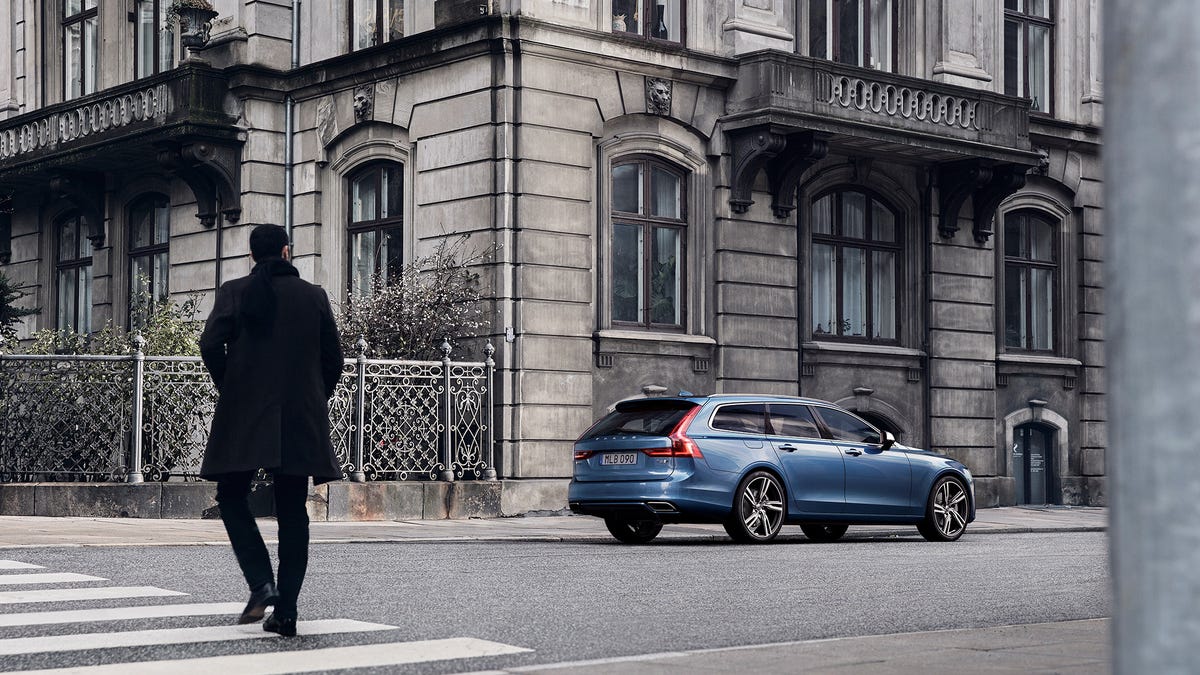Volvo to reportedly offer connected-car tech in Europe by year's end
Swedish automaker's cloud-based connected-car tech will launch first in its 90 Series vehicles

The advent of the connected car isn't just almost upon is, for many of the world's motorists, it's already here. Back in January, Mercedes-Benz announced it would offer car-to-car communications in its European E-Class range, and Toyota's home-market Crown sedan went on sale with car-to-infrastructure technology last year.
Now, Volvo is reportedly joining the fray, with Automotive News Europe quoting Peter Martens, Volvo's senior vice president for research and development, as confirming that "All vehicles in the 90 series -- the S90, V90 and XC90 -- will be equipped with it as of the end of this year." The proclamation applies to models sold in the European market -- there's no word yet on if and when the technology will be available in North America.
Back in March when I first tested the new Mercedes E-Class in Portugal, officials revealed to me that their company's deployment of cloud-based vehicular communications in the US would come after Europe, as some bureaucratic hoops to jump through remained. According to Automotive News Europe, the tech is now available the US, as well as in China. For rival Volvo, the technology's global deployment is likely to be similarly rapid.
With Car-to-X, vehicles ahead can warn trailing cars and trucks of slippery roads.
Car-to-X technology, which allows for the exchange of information between vehicles and between vehicles and infrastructure, is not only widely viewed as one of the keys to building safer cars, it's also being touted as one of the fundamental building blocks for autonomous cars. The technology informs a given car -- and sometimes its occupants -- of road conditions far beyond where the human eye (and the car's own sensors) can see. Is traffic backing up? Is there black ice on the pavement? Did a pedestrian dart out into traffic? Car-to-X holds the promise of alerting trailing vehicles to dangers and inconveniences well in advance.
Volvo's system, jointly conceived with fellow Swedish company Ericsson, will be able to alert trailing vehicles equipped with its Car-to-X system of low-traction conditions reported by a Volvo's onboard sensors for brakes, steering and accelerator via the car's internet connection. The system will also detect and relay when hazard lights are illuminated. Additional capabilities are expected to come online as the tech matures.

